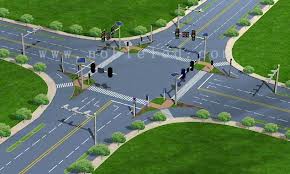Mind Map: http://popplet.com/app/#/1571354
This last week’s introduction to Spinuzzi created all sorts of unifying connections to the Popplet! And yet…
The trouble is, I have been thinking that now is the time to integrate a 3-D element. I had been considering creating a separate Popplet to link in, the bottom layer as theory (which works rhetorically as well as visually, as it would provide the foundational support to all that connects on the application layer), the superimposed layer as application or operationalized theory — an act of dispersion, perhaps? My hesitation to integrate this layering thus far is that producing such layering on a 2-D map will inevitably create a loss — and, I think, a significant one at that, given the way we’ve been conceptualizing networks. Placing all the network connections and elements on a single plain does have its merits — for example, the rhetorical implications of equality of elements and influence. However, that also creates a dilemma — we risk falling into Foucault‘s trap of the History of Ideas’ linearities. Unlike wire-frame software programs like AutoCAD, our Popplet space does have its visualizing limitations. It’s great to show the breadth of our connectivity of ideas, but not the depth.
This became especially clear to me as I was trying to show visible and overt connectivity through our little gray lines (which cannot be optimized through coloration) between the theorists — for which I’ve tried to create labeling mechanisms via color. Also, the space cannot truly capture the layering of these connections, such as an image of the body’s circulatory system here:
Before breakthroughs in computer imaging, we might render this complex system using page overlays. (Remember those books with clear plastic pages that created layers upon layers of details, from sailing ships to the human body?) However, technology makes it easier to convey knowledge multimodally…sometimes. Foucault emphasizes the importance of the seen/not seen when it comes to discourse analysis, as does Spinuzzi, Biesecker, Miller, and Bazerman. So even while I’m creating a Popplet to demonstrate knowledge network nodes and connectivity, the rhetorical situation that IS the Popplet space is defining the WAYS I am able to render this.
My sense of this space strongly reminds me of this week’s readings about CHAT, especially Telling #4 of Jody Shipka & Bill Chewning’s article, “Live Composition: Four Variations of a Telling.” (Select “press ‘7’ for variation four.) But that’s another blog post.
In the meantime, during my Popplet / Blog planning, I came across the following resource — certainly worth a read, all things considered:




